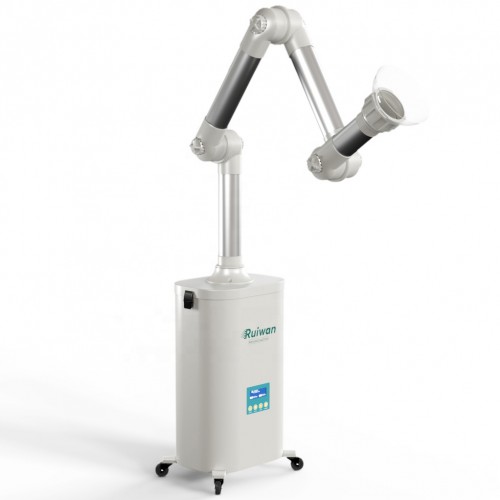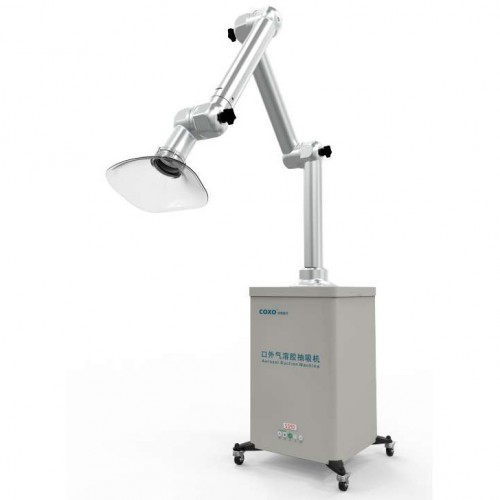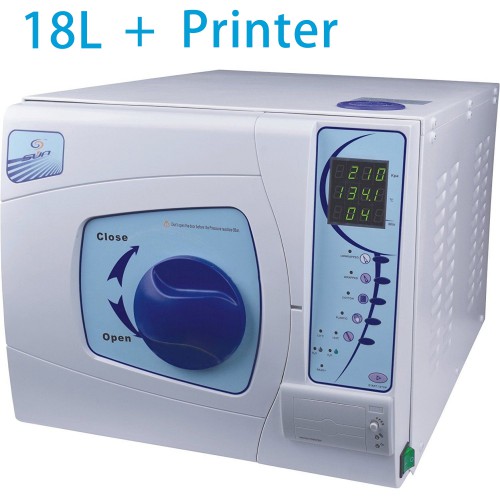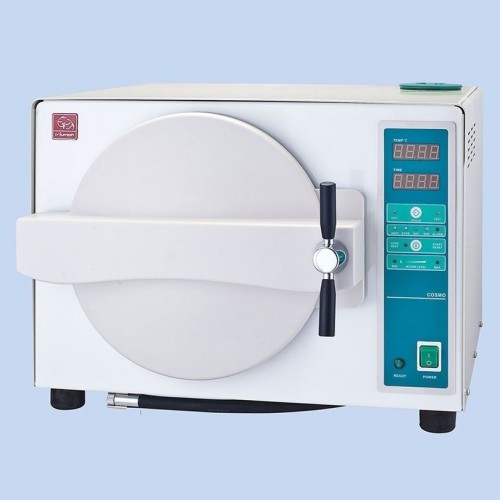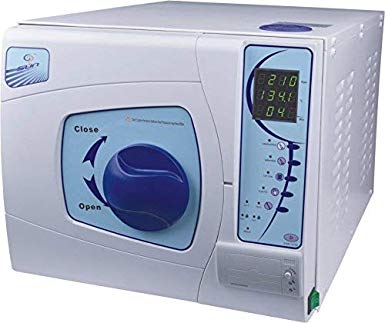There are so many options for jewelry making equipment that it can be difficult to decide which one is right for you. The right furnace is essential for any blacksmithing forge. But how can you decide which one is best for your needs? These are some helpful tips to help you choose the right melting furnace.
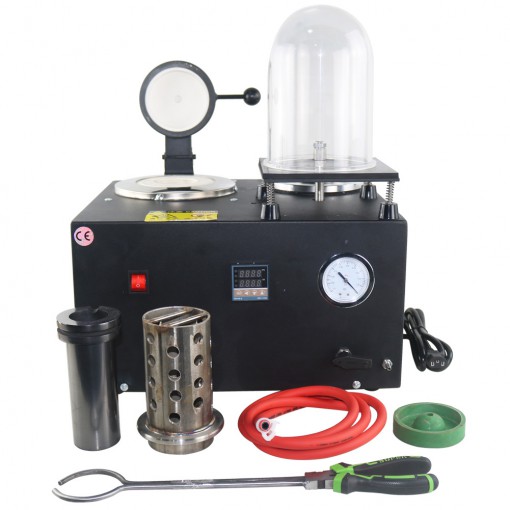
You have many options when it comes to blacksmithing. It all comes down to what type of fuel and furnace is best for your project. There are four main types of blacksmithing furnaces: induction, propane, electric, charcoal-burning and induction. Different fuels burn at different temperatures and consistencies. This is why it is important to choose the right furnace for your workshop. When choosing a blacksmithing furnace, consider the melting points of your materials as well as how long your forging process will take (on average).
Jewelry smelting is one example of a blacksmithing process. You can use precious metals in jewelry making with different melting points. If you want to make jewelry with different metals, you will need a furnace that can heat up at a large temperature. Induction and electric furnaces are the most intuitive to use and adjust. This makes them great for melting delicately and making jewelry.
You must consider your surroundings and the materials you use when choosing a furnace for your workshop. A furnace that is used in a small home forge may be different from one that would be used in a professional workshop. Use of coal or charcoal forges in enclosed areas such as sheds and garages should be avoided. These fuel materials can emit toxic fumes. No matter how big your workshop is, ensure that it has adequate ventilation. Because of the ease of fuel acquisition, some home blacksmiths prefer an electric furnace or propane furnace.
The right small gold melting furnace will depend on the materials you forge, your level of experience, and the space available. These are the main considerations when choosing the right melting furnace to fit the job. Cast We have a wide selection of jewelry melting equipment to help you get started.
